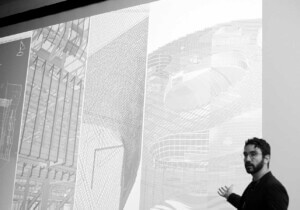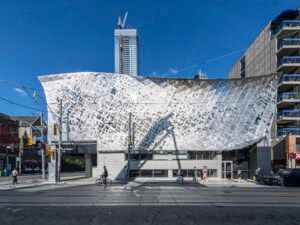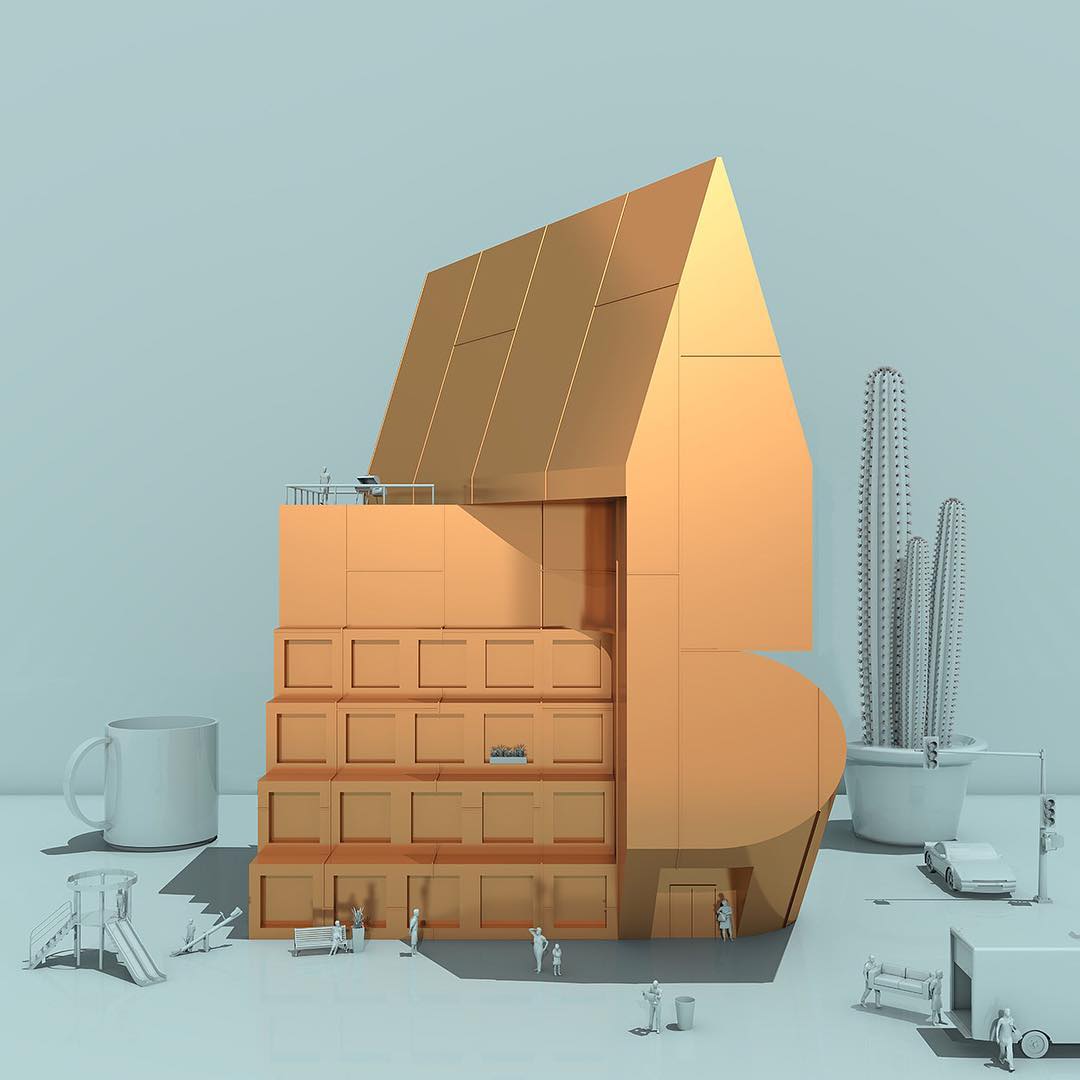| Brought to you by: |
A new modeling program can give any material a makeover.
TUFTIT is a fabrication program developed by Alexander Josephson and Pooya Baktash, two students who put their studies at the Architectural Association in London on hold to found Partisans, a research-based architectural platform they started in Toronto following the financial meltdown in 2010. What seemed like a risky venture at the time might just be Josephson and Baktash’s best career move, especially if TUFTIT is an indication of the kind of technologically innovative projects they’re executing.
The modeling program was born from a desire to reinterpret popular traditional styles, like “Edwardian tufted leather furniture” featured in a Restoration Hardware catalogue, for a contemporary audience. “To us, this was an apt example of where innovation and reinvention could occur, especially with the use of parametric modeling,” said Josephson. “The goal was to create a radical new interpretation of that model, one that was completely organic and free in its scale and use.”
The program makes it possible for any surface to be milled with the tufted look of soft leather or fabric-covered furniture, such as marble, wood, plastic and foam in sizes ranging from a single stool, an eight-foot-long day bed (pictured here) or, potentially, the facade of an entire building. Partisan’s goal is not to create a specific object, but to develop a formal language that can be applied as easily to a chair as to a concrete facade.
The programming of the script enables a high level of precision from micro to macro, with the added benefit of manually sculpting the form for custom jobs. “It starts with a hexagonal point grid which is deformed in parallel with the seat depressions,” Jospehson explained. “A Voronoi algorithm is applied to this grid, leaving a free flowing set of 3D curves. The button dips come next, some of which extrude through the piece, leaving holes for ventilation or for drainage in outdoor situations. The surface patterns can be rotated, mirrored, or cut to create continuity between any tiled modules. ”
Once the program has been scripted in Rhino, Partisans takes it to a CNC fabricator, in this case Tim Sheppard, President of Styropatterns, a Toronto-based polystyrene pattern manufacturer specializing in large CNC milled patterns. Once the piece has been milled, Josephson and Baktash make a silicon mold in their model-making studio in order to cast multiples of the form in materials ranging from plaster to resin and concrete. They then finish each piece by hand, according to client specifications.
“A client asked me recently if I would have a problem creating softer edges at the legs to a bench we are doing,” said Josephson. “That’s no problem at all. It’s the language that seems to be the only thing that’s really designed. The specific details of any given piece regarding size or edge are left intentionally open to interpretation. We like the idea of mass customization and as a result each piece can ostensibly be quite unique.”










